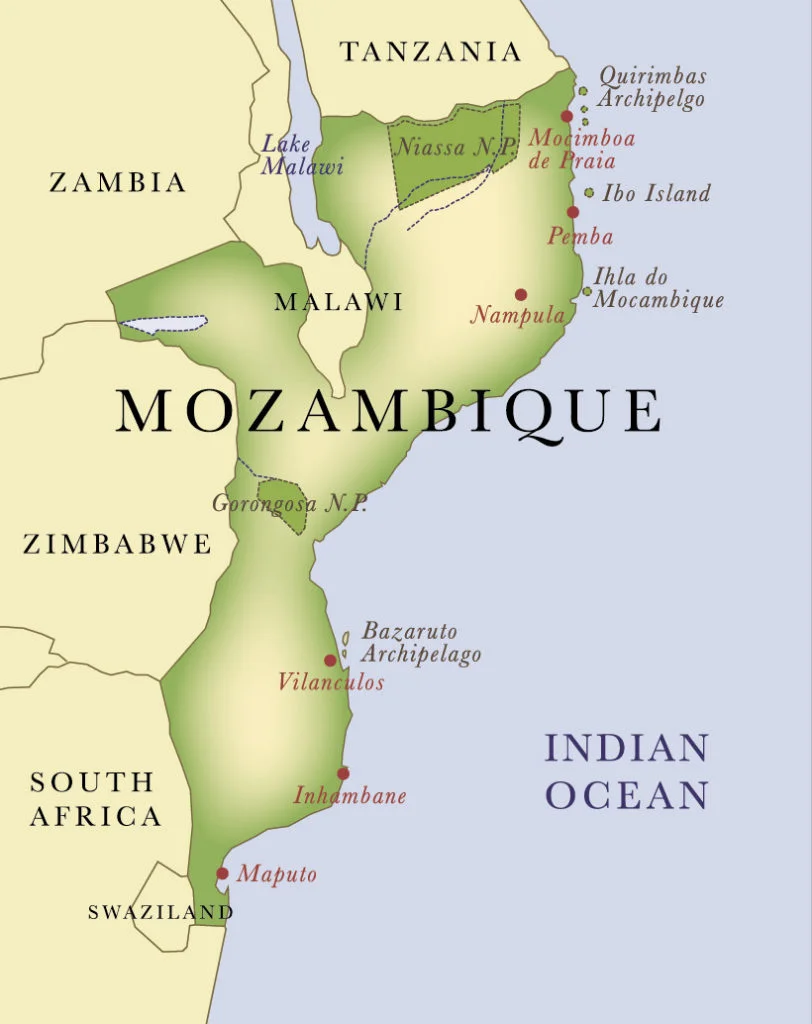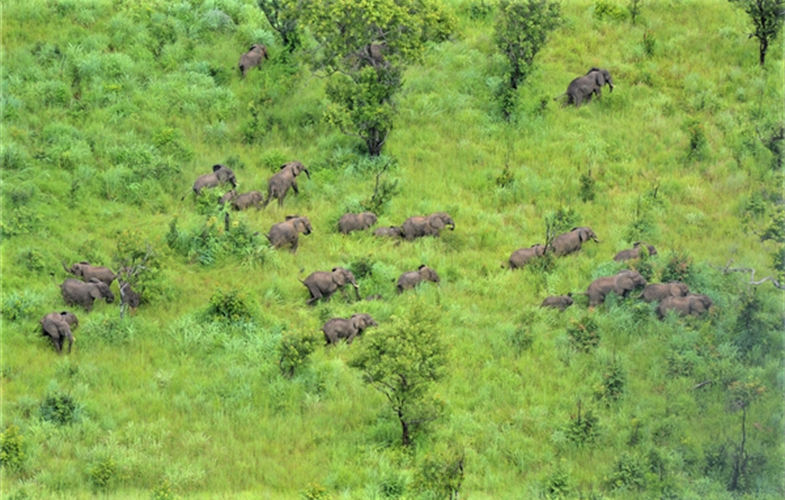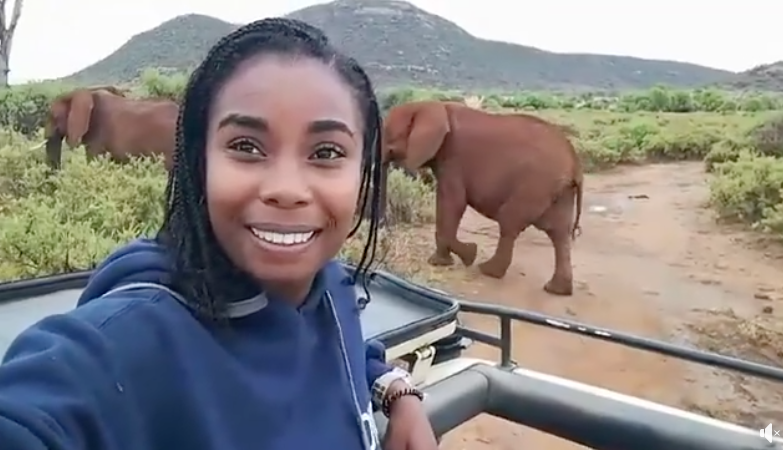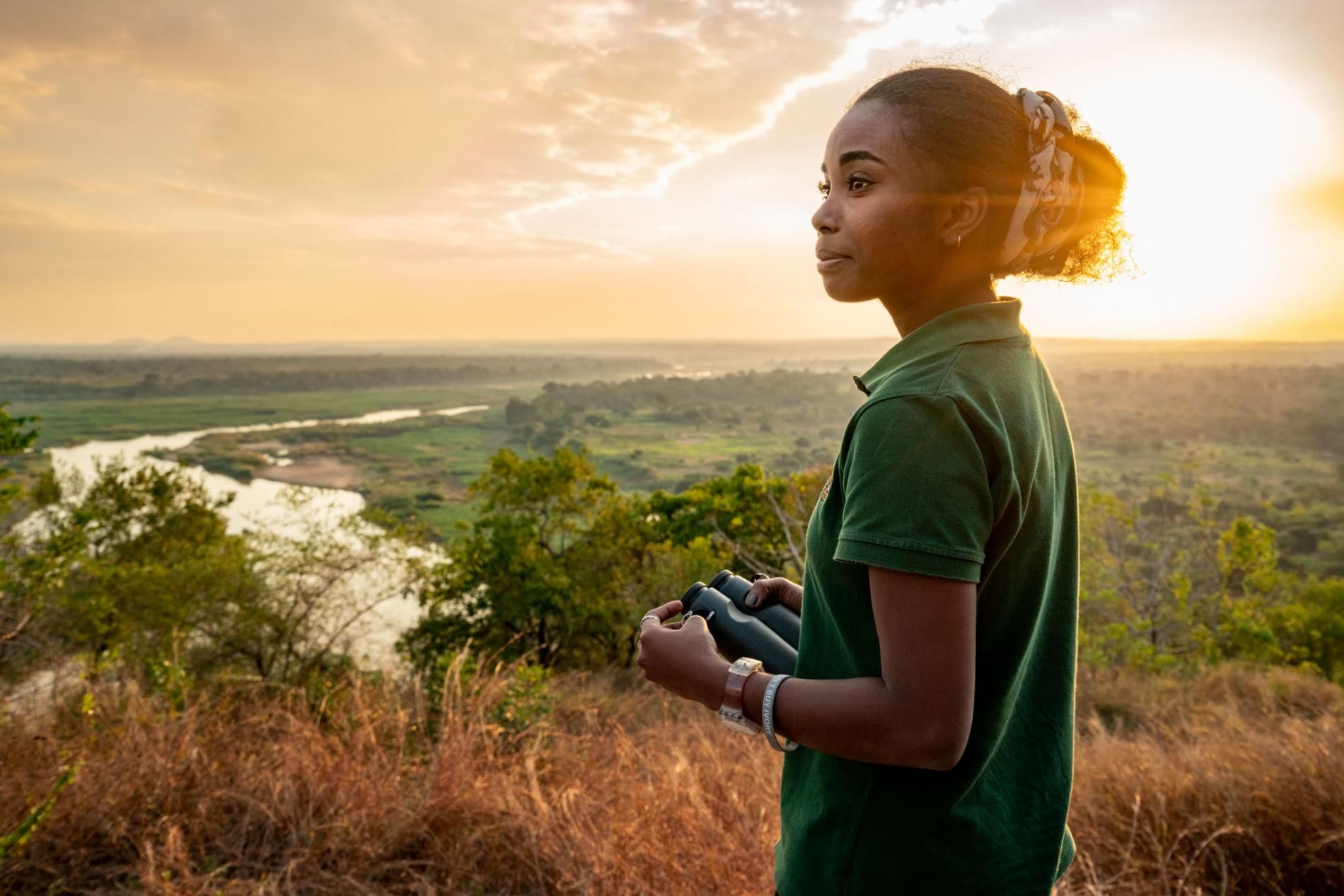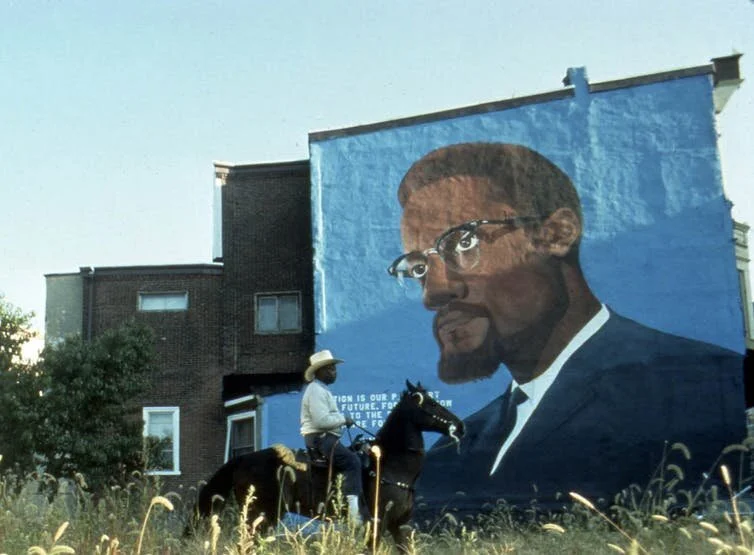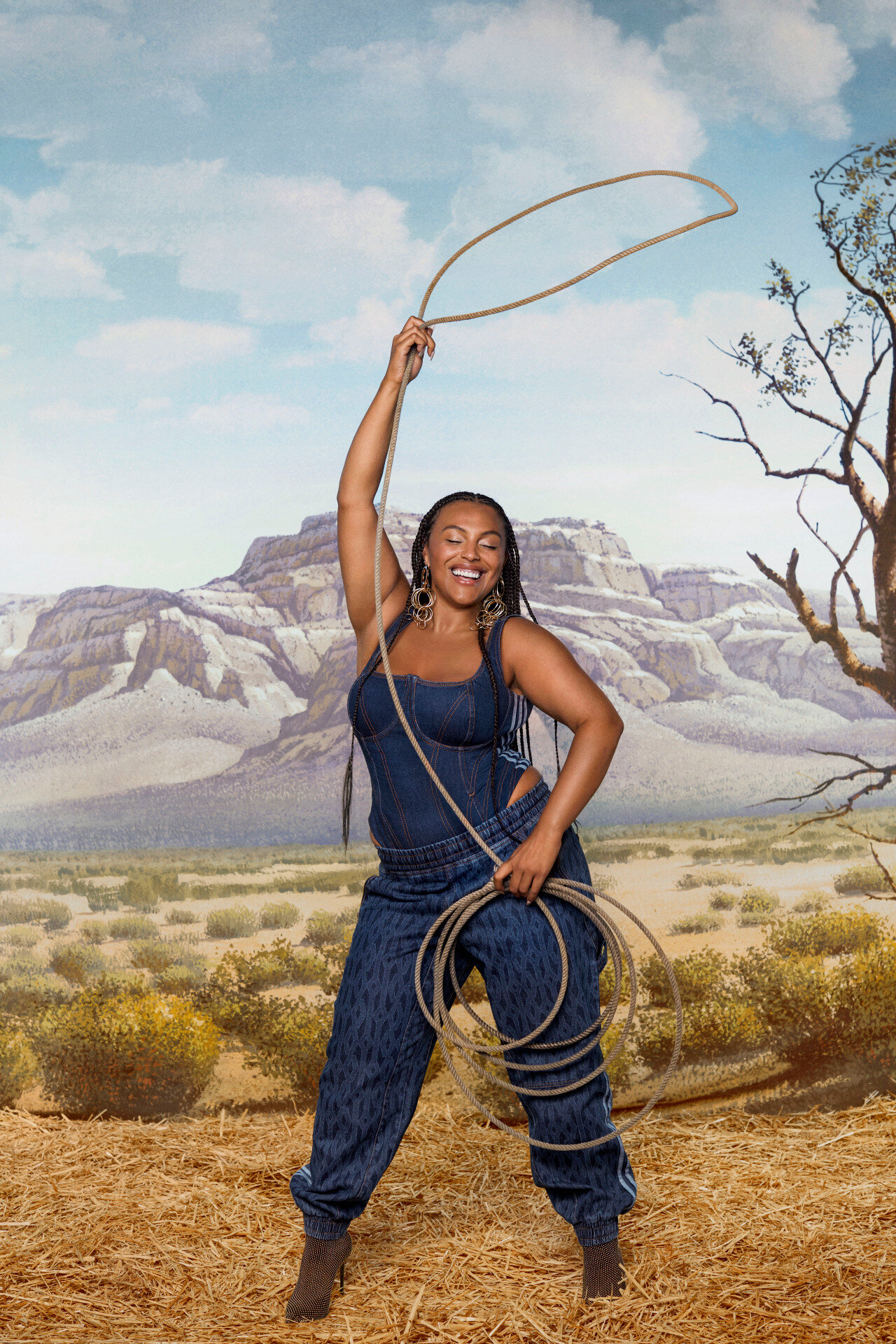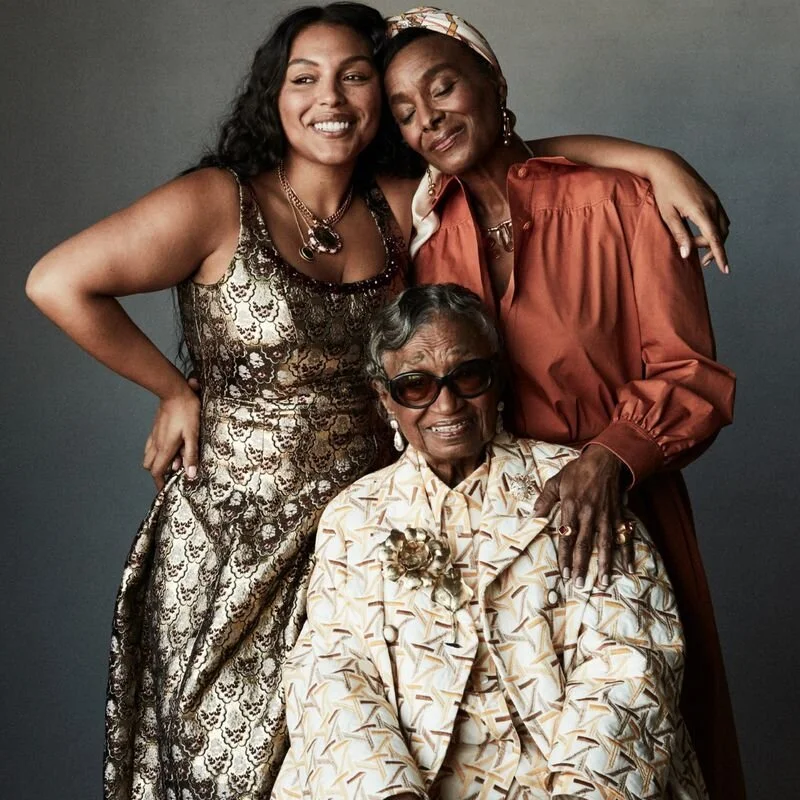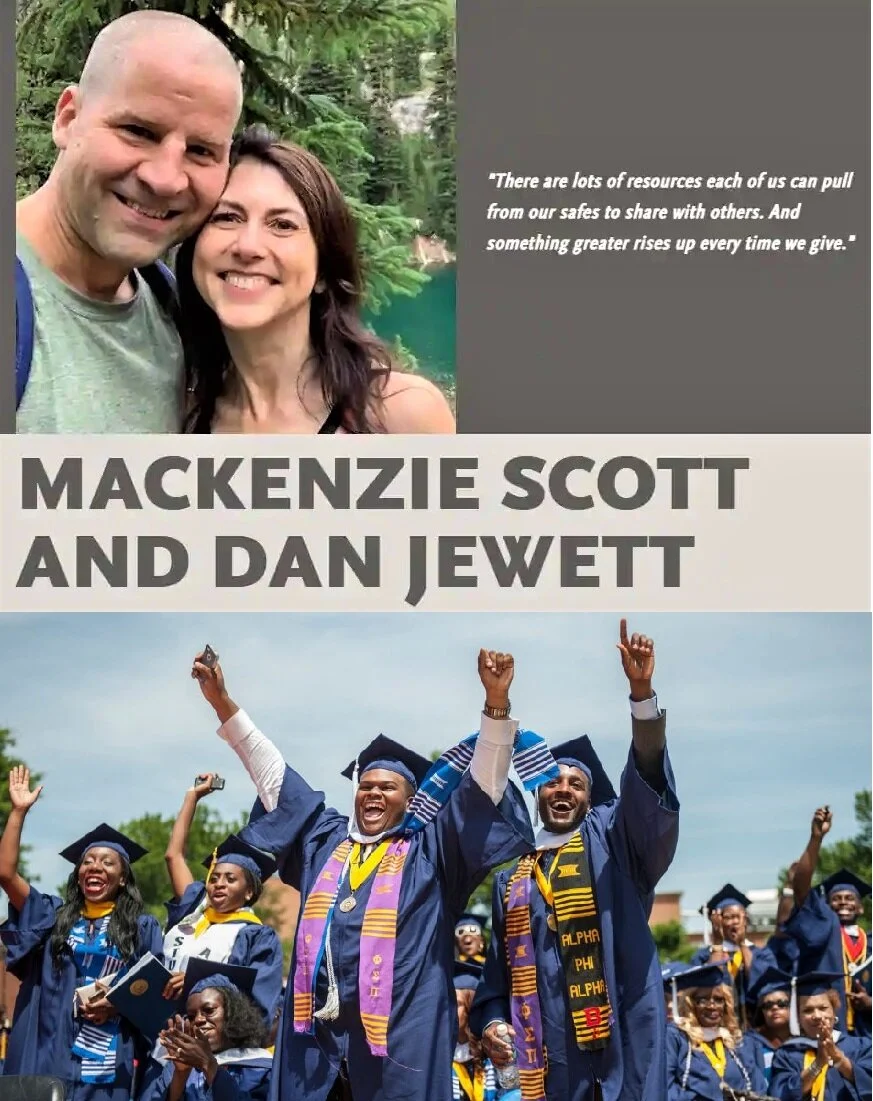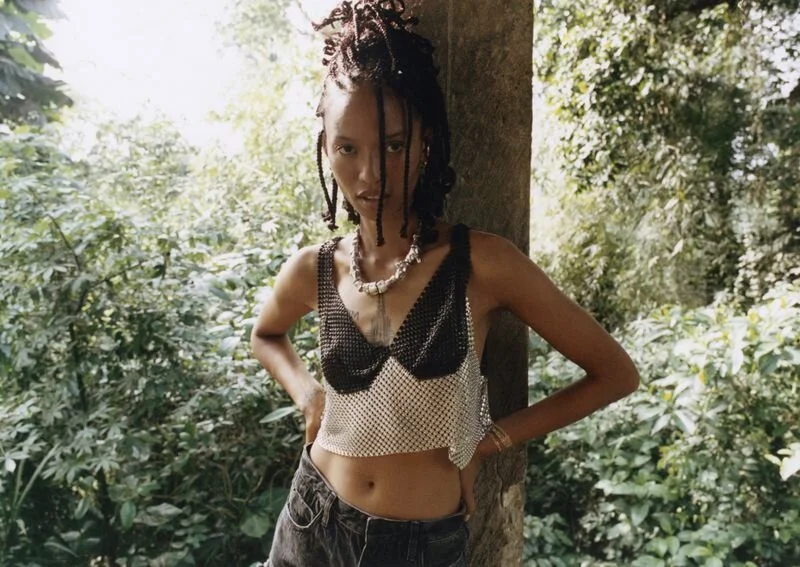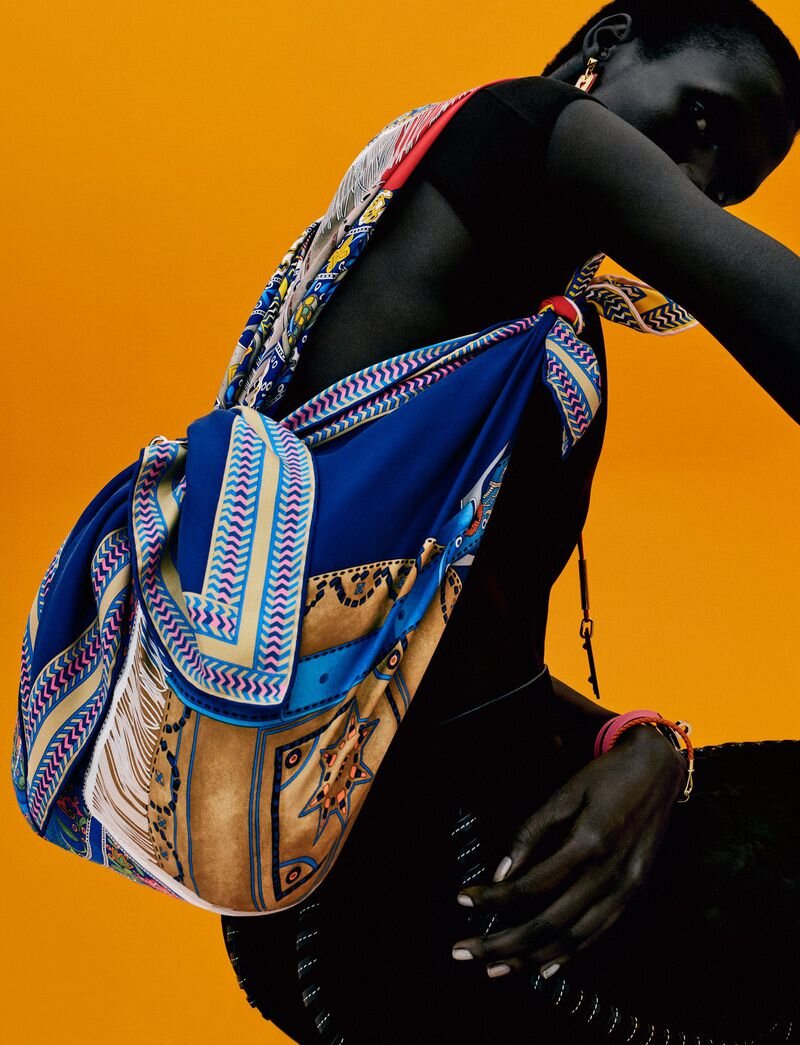Mozambique's Niassa Reserve Celebrates One Year Of No Elephant Kills | The Women Of Gorongosa Park
/A Year of No-Poaching Elephant Life In Mozambique’s Niassa Reserve
The Wildlife Conservation Society reports wonderful news out of Mozambique, confirming that the last kill of an elephant in the country’s Niassa Reserve was May 17, 2018. Just a few years ago, the massive protected area was plagued by “rampant wildlife crime”.
Determined to confront elephant poaching head on, a group of Niassa National Reserve partners, comprised of the Government of Mozambique, WCS, and the Niassa Conservation Alliance launched a coordinated anti-poaching strategy in early 2018 “with the generous support of various donors such as USAID. This strategy included deploying a year-round Cessna aircraft and chartering a helicopter during the wet seasons of early 2018 and again through December 2018 through May, 2019 to transport scouts and supplies to remote poaching locations, deploy response teams when poaching was detected, as well as aerial surveillance.”
The partnership simultaneously cleared and maintained an absence of illegal mining and fishing camps in the reserve. The parties simultaneously prosecuted multiple poaching cases in Niassa and Cabo Delgado under a revised conservation law. All parties in the anti-poaching efforts were even more effective under an expanded and improved radio network.
The monumental efforts resulted in an 87 percent reduction in illegally killed elephants, and now a full year without an elephant assassination.
Niassa was the site of nearly catastrophic elephant poaching, primarily from 2009 to 2014, which cut the population to an estimated 3,675 as recorded in a 2016 aerial survey from what was a fairly steady average estimate of 12,000 between 2000 and 2011. Given the enormous extent of wild habitat available in Niassa—exceeding the size of Switzerland—it remains one of the few areas left in Africa capable of supporting a robust elephant population, with some research estimating the landscape could support as many as 20,000 individuals. Niassa in turn is part of the Niassa-Selous Transfrontier Conservation Area, which itself is the heart of the broader relatively unfragmented Rovuma landscape where wide-ranging species such as lion and African Wild Dog are still able to roam unimpeded.
WCS lists the many organizations involved in the Niassa Reserve effort, led by the US Government as the biggest donor. WCS’s work was also supported by Fondation Segré; The Wildcat Foundation; the Bennink Foundation; the Elephant Crisis Fund - a joint initiative between Save The Elephants and the Wildlife Conservation Network, in partnership with the Leonardo DiCaprio Foundation; and many more.
Joe Walston, Senior VP of Global Conservation Programs at WCS, told CNN that Mozambique alone does not have the funds to support anti-poaching efforts and relies on outside investment and partners to capitalize on the progress made in 2018.
"Elephants really maintain the whole system. They're such ecological gardeners that the whole health of Niassa is now going to be secured by keeping these elephants alive and recovering," Walston said.
He added, "The global community has a real chance to invest in a success story here in Niassa, and again, not only bring back these elephants, but bring back a whole host of wildlife to probably one of the most important wildlife areas in Africa."
Image via WCS Mozambique
Beautiful Girls Meet Animals in Central Mozambique’s Gorongosa Park,
Researching the Niassa Reserve story, AOC found this exquisite video from Mozambique’s Gorongosa Park that’s a total respite — a small escape — from the world’s tragic events on The Guardian website.
Before you watch it, consider that in March 2019, Cyclone Idai devastated the communities around Mozambique's Gorongosa Park. There was no escape, no respite for the people of Mozambique as we steal precious moments with this video.
National Geographic reminded us just now of the cyclone, with the coincidence of a feature story on Grongosa National Park in the May 2019 issue of National Geographic. Click here to learn how you can help on the National Geographic website. Also, Gorongosa itself has information about devastation from the cyclone and how to help.
Gorongosa spans 1,540 sq miles and sits at the southern end of the great African Rift Valley in the center of Mozambique. The girls in the film live in the buffer zone, a bridging area between the park and surrounding towns, home to about 177,000 people, writes The Guardian.
Many villages lack both water and electricity, with women and girls disproportionately affected by high levels of poverty.
“Girls here don’t have as many opportunities and chances as boys do and education is a challenge,” says Larissa Sousa, who manages the girls’ education program set up by the park. It’s a crucial part of efforts to restore Gorongosa and its people,who remain highly impacted by 16 years of civil war and threats and incursions by new rebel forces.
A key aim of the girls program has little to do with elephants. Sousa’s group seeks to warn girls against early marriage, inspiring them to develop “tools for life” and avoid joining the 50% of girls in Mozambique who marry by age 18.
Launched in 2017, reaction to the program was mixed. “ People asked, ‘Why are they taking our daughters to the park?’ Men were skeptical, especially because Sousa’s team was telling them, ‘Don’t marry your daughter off.” This is a complicated message because men receive the dowry money, says Sousa.
A key ingredient in making the project work are the Girls’ Club madrinha (carefully selected women from the family and community) who are respected intermediaries. With support from madrinhas, trust is growing with both community members and police actively looking for early marriages, forced marriage or abuse. “If it doesn’t work in the soft way, we need to go in the hard way,” Sousa tells The Guardian.
Female Scientists + Researchers Leading in Mozambique
Dominique Gonçalves is the lead researcher on elephants in Gorongosa. Born in the Mozambique city of Beira, Gonçalves studied ecology and conservation in Maputo, a Mozambique port on the Indian Ocean. With support from the Gorongosa project, Her interest in biodiversity protection and human population increase inspired her to earn her MSC in Conservation Biology at Durrell Institute of Conservation and Ecology (DICE) at University of Kent.
Dominique currently serves as Manager of the Elephant Ecology Project where she investigates elephant movement and range expansion in relation to habitat use and Human-Elephant Conflict (HEC). Working with law enforcement and sustainable development colleagues, she hopes to build coexistence between communities and wildlife throughout the buffer-zone surrounding the park.
Using trips into Gorongosa, Gonçalves works closely with Girls’ Club programs; promoting education and health to prevent early marriage while opening the eyes of the girls to wondrous new experiences in the park. One can imagine Dominique discussing the matriarchal leadership in elephant herds, amplified by her own stature as a woman of authority and respect in the community.
In this National Geographic-sponsored presentation, Dominique delivers a speech on work done in Gorongosa with a history lesson attached. Under colonial rule, the majority of Africans and people of color weren’t permitted to enter any of the parks for their own enjoyment. The big parks in Africa were for rich white people only — the colonizers. This is a staggering fact unknown to many Western people — an almost incomprehensible thought that Africans no longer lived with frequent exposure to animals — until Nelson Mandela became an advocate for changes in the parks systems in Africa. AOC will research that story shortly.
Dominique Gonçalves, Manager of the Elephant Ecology Project at Mozambique’s Gorongosa Park.
